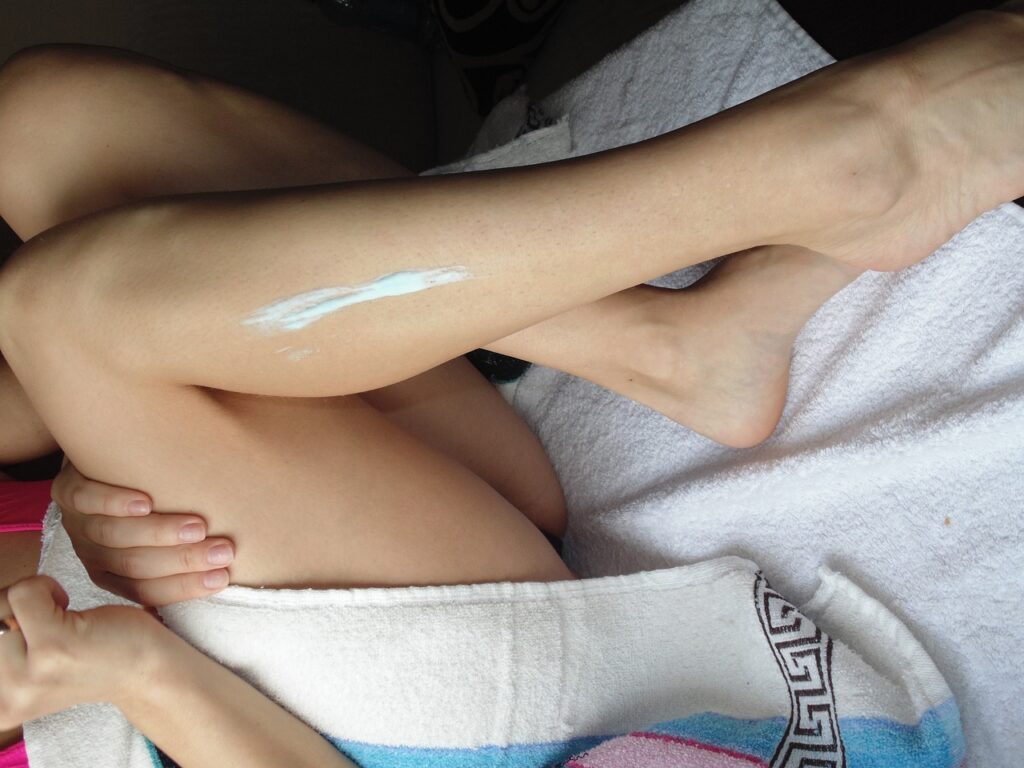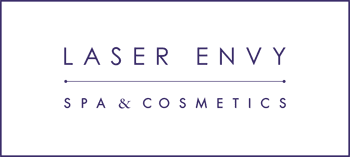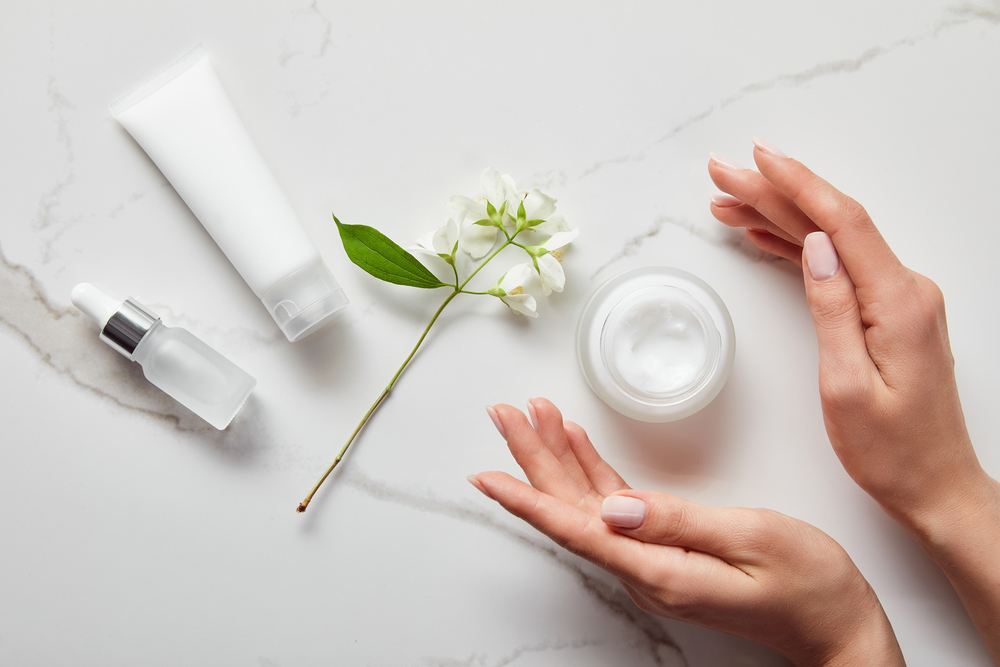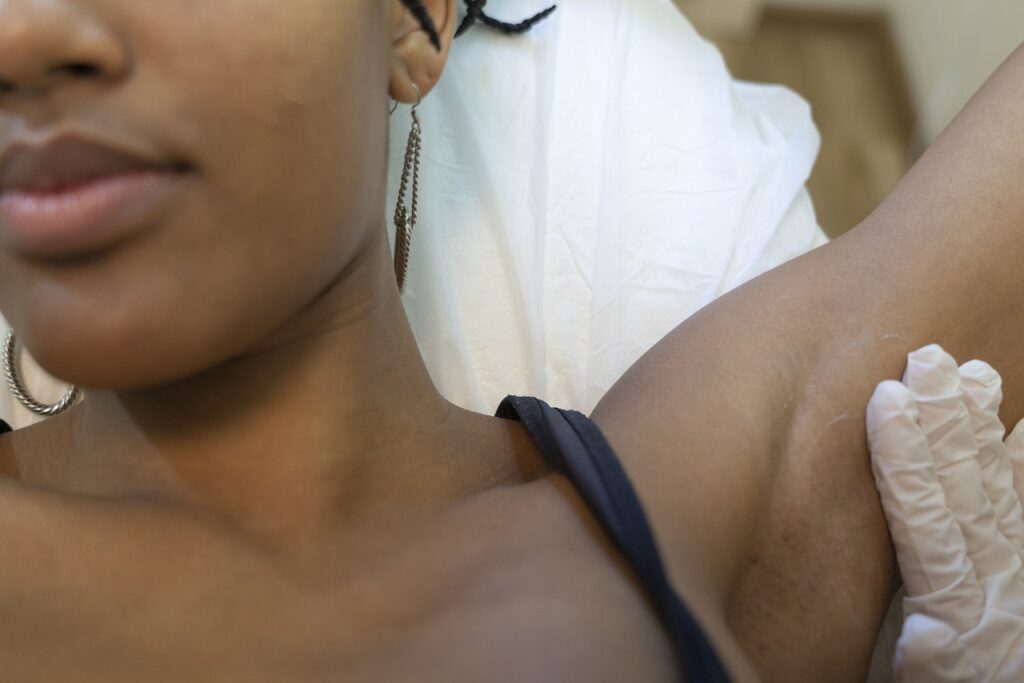Removing unwanted hair can help boost confidence and allow you to feel better about your body. Cosmetically, laser hair removal can be used to get rid of hair on virtually any part of the body. The hair follicles are the source of hair growth, and during the operation, a specialized laser is utilized to destroy them. Understanding the aftercare process and what you can do to speed up the healing time after laser hair removal is essential if you want to reap the treatment’s long-lasting benefits with minimal discomfort. Let’s get into it!
Introduction
Getting that perfect look with laser hair treatment has never been more popular! However, there are potential downsides to the therapy, and patients need time to heal after receiving treatment. So, let’s discuss what to expect during and after the laser hair removal process. We’ll break down the recovery procedure step by step and provide you with some helpful hints along the way. We will also discuss downtime and how soon you can go about your normal day-to-day routines.
Removal & Recovery
The best possible outcomes from laser hair removal treatments can be achieved and issues can be reduced if the patient knows how to properly recover after treatment. There are a number of things that need to be done during the healing process. Among these are keeping regularly scheduled follow-up appointments and using mild skin care products, staying out of the sun, and donning appropriate loose clothing. If you want to get the most out of your laser hair removal treatment, you need to know what to expect during the recovery phase.
Various Hair-Removal Laser Options
In the cosmetics and beauty industry, laser hair removal is a common practice for long-term hair reduction. Lasers and other systems employed in the process continue to evolve alongside technological developments. Let’s look at the many kinds of laser hair removal and how they could affect the healing process in different ways.
When it comes to getting rid of unwanted hair, many turn to laser hair removal (LHR) as an efficient solution. The hair follicle’s destruction permanently reduces hair growth. Photo-epilation, pulsed light, and infrared lasers are just some of the laser treatments that may be necessary, depending on your hair’s unique structure. Dark, coarse hairs can be removed with photo-epilation, whereas finer, lighter hairs can be removed with pulsed light or infrared lasers. The face, back, legs, and even the genital area can all benefit from LHR treatments. The time required for the skin to heal between laser hair removal sessions varies by patient, laser type, and the amount of hair being eliminated. After receiving treatment, it is essential to protect the region from sun exposure, apply moisturizer, and refrain from picking or itching. A topical antibiotic or anti-inflammatory may also be suggested by dermatologists to alleviate redness and swelling.

Benefits of Laser Hair Removal
Permanently removing undesired hair with a laser is possible and more importantly, it’s non-evasive! To inhibit hair growth, a concentrated beam of laser light is directed at the pigment melanin in the hair and destroyed. The ease of use and confidence in the outcomes are just two of the main advantages of LHR.
The healing process and time spent recuperating are crucial for achieving the greatest possible outcome. Patients often report slight discomfort, mild redness, and mild edema following laser hair removal. A cooling gel or ice pack can do the trick here. Strict adherence to aftercare instructions is required to avoid problems and achieve optimal outcomes. It is recommended that you stay out of the sun as much as possible throughout the recovery period. Avoid strenuous activities like saunas and swimming pools and be sure to drink enough fluids and take lukewarm showers to lessen any discomfort. Patients who have undergone laser hair removal can feel and look their best by following these easy instructions.
Laser Hair Removal Risks
Laser treatments are increasingly common for removing unwanted hair. However, people should know that there are hazards involved with laser hair removal, just like with any other medical procedure. The risks are very low but it’s still important to know what might happen.
While laser hair removal might be a life-changing operation that finally gives you hair-free skin, it’s not without its hazards. Skin burning, skin discoloration, and long-term skin damage are the main dangers of laser hair removal. In most cases, these dangers stem from the procedure’s use of bright light and heat, which can result in burns and scarring if not handled correctly or with due regard for patient safety.
Laser hair removal has the potential to increase or reduce the skin’s pigment production, leading to hyperpigmentation and hypopigmentation, respectively. There is also the risk of an allergic reaction to the local anesthetic used in the surgery. Therefore, before getting laser hair removal, a person should see a doctor to make sure it is safe for their skin. Again, these risks are very low, and as long as you consult an expert, you should be fine.
Pre-Treatment
The effectiveness of one’s recovery from laser hair removal treatment can be improved by taking certain measures beforehand. First, it’s crucial to wash the area thoroughly to remove any lotions or cosmetics that could interfere with the laser’s ability to target hairs. Second, because sun damage might increase the likelihood of skin irritation, it is best to limit sun exposure in the days leading up to the treatment. Finally, the treatment region must be freshly shaven so that the laser may more accurately target the desired hairs. All these things done before treatment can lessen the likelihood of problems thereafter and speed up the healing process.
Post-Treatment
For permanent results with Laser Hair Removal, the recovery period after treatment is crucial. Redness, sensitivity, and swelling in and around the treated area are possible side effects for the client to experience after treatment, but they are often mild and short-lived. Careful follow-up after therapy is essential for minimizing side effects and maximizing benefits. To alleviate pain, stay out of the sun and away from heat sources, dress appropriately, and apply a cold compress or aloe vera gel for at least an hour. Exfoliate the treated region twice weekly beginning in the second week after treatment, and wait about 24 hours before washing. To further reduce inflammation, a doctor may give hydrocortisone cream or another topical medication. Sometimes hair goes through a particular kind of shedding that calls for special care. To achieve a speedy recovery and the best possible outcomes, it is essential to strictly adhere to all post-treatment instructions.
Care Prior to Treatment in More Detail
Preparation before you seek treatment is key to ensure maximum results. The risks, benefits, and side effects of treatment can only be minimized if the patient is aware of and prepared for every possibility. Tanning can change the results of the surgery and raise the risk of skin damage, thus patients should avoid it for at least 4-6 weeks beforehand. Patients should also stop taking any vitamins, minerals, or herbal supplements that have the potential to interfere with normal skin function, immunity, or blood clotting.
Numbing cream is commonly used to lessen discomfort during surgery, but it can potentially negatively impact the outcome, thus its usage should be strictly controlled by the doctor. The region to be treated should be clean, and any lotion or makeup should be removed. Finally, patients should dress comfortably in loose, tuckable clothing. Under the care of a trained professional and with the proper precautions taken beforehand, laser hair removal can be a successful and risk-free surgery.

Treatment Follow-Up Explored
Patients undergoing laser hair removal should plan for post-treatment care because it can influence the success of the procedure. The treated area may experience some slight swelling, redness, and ingrown hair immediately after the procedure. Patients should keep the region clean and dry and out of direct sunlight to promote a speedy recovery. They should also seek medical attention promptly if they notice any signs of infection, such as increased heat or pain in the affected area. Regular cleansing with a mild antiseptic and moisturizing with an aloe vera-based moisturizer designed for laser hair removal, or another product approved by the manufacturer, are also necessary before and after laser hair removal. Finally, patients should get their follow-up therapies as scheduled for the best possible outcomes.
Aftercare Guidance
It’s crucial to plan ahead for the best possible healing time after laser hair removal surgery. The treated area may initially show some swelling, redness, and a modest increase in size. While the skin is healing, you can keep the pain and suffering to a minimum by avoiding things like hot showers and baths, applying lotions or makeup, and exposing the region to direct sunlight. Ointments, gels, or anti-inflammatory creams can be applied topically to relieve swelling and pain; if irritation or discomfort persists, talk to your doctor about getting some. A cold compress applied to the area might help, too. If you want to speed up the healing process, be sure to follow your doctor’s recommendations.
Possible Complications
While laser hair removal is effective in reducing unsightly hair, it is not without its risks and drawbacks. These dangers might cause anything from mild pain to serious illness. In this piece, we’ll investigate these prospective difficulties and think through some options for dealing with them. In addition, we will go through post-treatment care and precautions for laser hair removal.
Complications during the healing process after laser hair removal are uncommon but possible. Increased discomfort, redness, swelling, or the appearance of blisters at the treatment site are common indicators that a problem has occurred. Some patients may report feeling itchy or burning near the treated area. Seek immediate medical attention if any of these effects last longer than 24 hours after starting treatment.
Pigment changes, scarring, infection, and chronic redness are also conceivable, albeit extremely uncommon. Individuals with impaired immune systems, pre-existing skin conditions, and those on specific drugs may be at a higher risk for developing problems. Knowing the dangers and taking precautions to lessen the likelihood of adverse outcomes is crucial.






